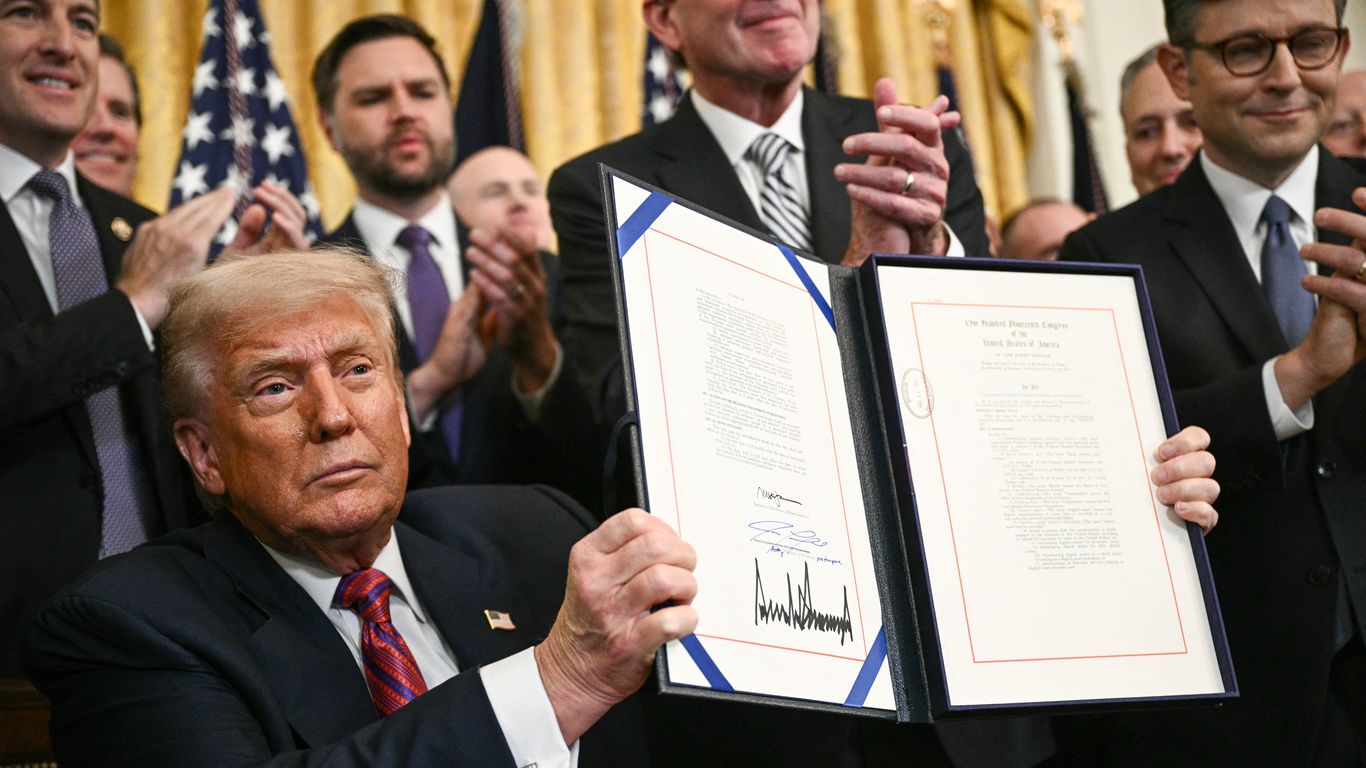The United States White House is initiating a sweeping directive across all governmental sectors, urging the swift and comprehensive integration of cryptocurrencies into the national economy. This ambitious push aims to usher in what some refer to as a “Golden Age” for the digital asset industry, profoundly reshaping financial landscapes.
From intricate tax frameworks to personal retirement planning and even mortgage markets, the administration’s strategy seeks to embed digital currencies as broadly and rapidly as possible. This concerted effort underscores a significant shift in official policy, moving towards a future where digital assets are a ubiquitous part of daily economic life.
Central to this initiative is a comprehensive 160-page report, the culmination of a six-month review by the president’s working group on cryptocurrency markets. This pivotal document, prompted by an earlier executive order, articulates a clear objective: to establish the American digital asset marketplace as the “deepest and most liquid in the world,” fostering innovation and growth.
The report presents an extensive array of recommendations, spanning critical areas such as securities and commodities regulation, banking oversight, taxation frameworks, and strategies for countering illicit finance. Furthermore, it delves into payments, insurance, and cybersecurity, advocating for a holistic approach to cryptocurrency regulation that ensures clarity and stability across diverse sectors.
Key regulatory bodies like the SEC and CFTC are specifically urged to accelerate their actions, leveraging existing powers to facilitate the orderly trading of digital assets currently mired in regulatory uncertainty. Concurrently, banking regulators are pressed to provide unambiguous guidance on permissible activities for financial institutions, explicitly referencing tokenization, custody, and broad blockchain policy adoption, alongside stablecoin issuance.
On the taxation front, the report calls for significant reforms designed to alleviate compliance burdens for both businesses and individuals. It encourages the IRS and Treasury Department to update their rules to directly address novel use cases stemming from blockchain innovation and to consider administrative guidance regarding de minimis receipts of digital assets, aiming for a more streamlined system.
Furthermore, the administration advocates for new legislative measures that would classify digital assets as a distinct class of assets, subject to existing tax rules for securities and commodities, albeit with necessary modifications. This proposed framework aims to provide much-needed clarity and consistency in the evolving landscape of digital finance, promoting a more welcoming environment for industry expansion.
The overarching message of the report emphasizes urgency, calling upon all relevant agencies to act with haste in implementing the necessary policies for the industry’s expedited growth. This aggressive stance highlights a dramatic evolution in the perception of crypto, transitioning it from a fringe financial concept to a central component of the future American economy, underpinned by new stablecoin legislation like the recently signed GENIUS Act.






Leave a Reply